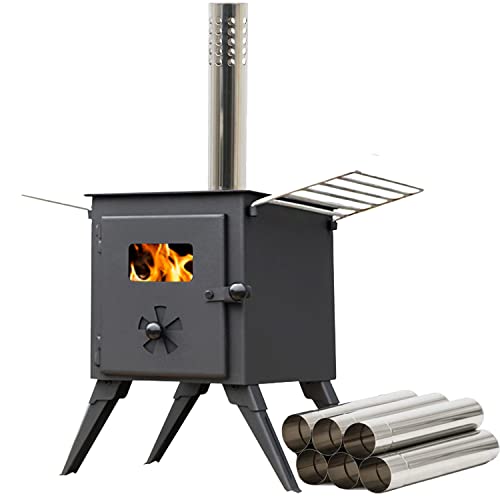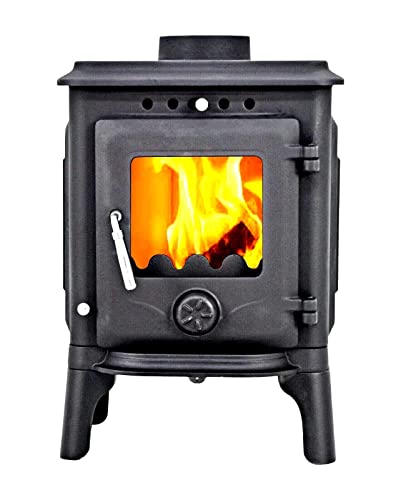The Dangers of a Wood Burning Fire
A wood burning fire can offer a warm and relaxing experience. It can also produce harmful combustion by-products. It is important to learn about the way that wood burns and how to use your fireplace.
Choose seasoned logs or kiln dried logs. Seasoned logs are less moist and can burn hotter than unseasoned logs.
Burning Time
The burning of wood is a very effective and traditional method of heating. However, this kind of fire can release indoor and outdoor emissions that can be hazardous to human health. A well-designed fireplace, when used with skill can lessen the negative effects of burning wood.
The time it takes to burn a woodfire depends on its temperature. The temperature of the fire can affect the quantity of smoke produced, as does how much carbon monoxide is released. Carbon monoxide can cause occupants to be unable to escape a building that is burning in the event that levels are too high. To avoid this, it is important to keep the fire at an unheated level.
During the first stage of a wood-fire, volatile gases such as methane and methanol are released from cellulose of the wood. These gases are combustible and non-combustible depending on the moisture content and the pyrolysis temperature of the sample. The temperature of pyrolysis rises to around 350 degrees Celsius. At this point, cellulose begins to break down, creating tar and coal. This process is known as wood pyrolysis.
Burning wood releases other toxic combustion products, such as dioxins and polyaromatic hydrocarbons and PAHs. PAHs are known to cause cancer and other diseases in humans and animals. They also can contaminate water and soil. It is essential to burn wood in an area which is adequately ventilated to minimize the negative effects of PAHs.
A wood stove with an extended burn capability can sustain visible flames for hours while consuming the least amount of fuel. This method of burning involves layering the wood with light kindling and heavier logs to keep the fire from burning out too quickly. This method can be used to achieve the appearance of a fire that produces large wood burning stove amounts of heat for use at night or while you are working.
The time it takes to burn a fire is determined by various factors, such as the moisture content in the wood. Dry wood will burn faster than damp wood. The sample surface’s absorptivity also affects its burning time. Simms [59] found that the required heat flux to ignite mahogany and oak samples was significantly lower for coated surfaces than without them.
Temperature
The temperature of the fire is critically crucial. The temperature of a fire can influence how quickly it burns and the amount of heat it creates. It also affects the risk when someone is burned. It also affects the amount of smoke produced. Smoke can irritate eyes and throats, so it’s recommended to not breathe it into.
When wood is burned, it creates lots of heat and it can reach extremely high temperatures. The temperature of the fire can be affected by the type of wood used and the amount of moisture. Wet wood, like is likely to burn at lower temperatures than dry wood. This is because wet wood can absorb more water and produce less heat. It is essential to use dry wood, and you should also make sure that the wood is seasoned before burning it.
When the wood is at a high burning temperature, a significant amount of heat and ash will be released. The amount of ash released depends on the type of burning wood and the degree of heat. Certain types of woods, like oak and larch produce very little ash. Others, like the birch, produce an enormous amount of ash.
As the wood is burned, it will go through a three-stage pyrolysis process. This process begins with a chemistry reaction that converts the organic compounds within the wood to methane and carbon dioxide. The resulting gases are taken up by the air. The gases will rise as the wood is heated, and create a fire on its surface. an ignition that heats the wood until it combusts.
The temperature of a wood-burning fire can be extremely high and can cause damage to surfaces when it comes into contact with them. It is also important to avoid touching the wood burning fire with skin that is not covered as it can cause burns. Wearing gloves and working in an area that is well ventilated can reduce the risk of getting burned. It is also recommended to wear a protective mask when working with wood burning fires to prevent inhaling the smoke.
Smoke
Wood burning fires generate smoke, a mixture of fine particles and gases (also known as particulate matter, or PM) that contain harmful air pollutants. PM from wood combustion could contain toxic organic compounds like formaldehyde, benzene, and polycyclic aromatic hydrocarbons, and mineral particles such as calcium, potassium, and magnesium. The presence of these particles may lead to a range of health problems, such as cardiovascular and respiratory illnesses, as well as cancer. When people inhale smoke from wood, they also inhale carbon monoxide (CO), an odorless and colorless gas that can cause fatal poisoning in small wood burner for shed uk amounts.
 The smoke that comes from wood fires is mostly due to volatile organic compounds (hydrocarbons) evaporating from the burning material. The smoke is made up of water vapor, as well as the by-products from incomplete burning (such as creosote) and the small Modern wood stove amount of non-burned substances, also known as Ash.
The smoke that comes from wood fires is mostly due to volatile organic compounds (hydrocarbons) evaporating from the burning material. The smoke is made up of water vapor, as well as the by-products from incomplete burning (such as creosote) and the small Modern wood stove amount of non-burned substances, also known as Ash.
It is recommended to make use of seasoned wood for your fireplace or stove. Split logs, that have been kept out of the elements and dried for a period of time until they reach an average moisture content of 20 to 25 percent, will burn more slowly and produce less creosote. Knocking a log on both sides is an excellent way to determine the moisture content. A damp log will sound dull, while best small wood burning stove that is seasoned will sound sharp.
While the heat generated by a wood fire draws air from around it, the smoke and other byproducts of combustion are released through the chimney. If the home’s ventilation system is not adequate it could mean that the chimney is insufficiently able to draw air and could create a back draft, which can cause the byproducts of the fire to accumulate within the home. This can result in an accumulation of dangerous carbon monoxide as well as flammable creosote as well as cinders.
Smoke from a wood-burning fireplace is particularly harmful to older adults, individuals suffering from heart or lung diseases, children, and those who exercise outdoors. These people are more likely to suffer adverse health effects from smoke from wildfires, such as COVID-19 symptoms, as well as aggravated asthma as well as chronic lung and heart ailments.
Safety
When using a wood burning fire, there are some steps you can take to reduce the chance of fire-related accidents and damage. Always use the fireplace or stove with a wood screen and keep anything that is flammable at 3 feet away. Carbon monoxide and Smoke detectors should be installed in your home to warn you when hazardous gases are detected. It is also crucial to never leave a flame burning unattended because even a tiny spark can cause an explosion. In the same way, you should only employ a metal shovel and the ash bucket to clear the ashes from your fireplace or wood stove and keep it away from anything that is flammable.
Lighting the Fire
To light an fire, first lay down a layer of cleft and dry logs on the top of a bed of ash. Add a layer of twigs, kindling and ash to the pile. Make sure there is enough space between each piece of wood to allow air flow, as this will help keep the fire from dying too quickly. If you require assistance in getting your fire going, try adding a few flames to the mix.
It’s also an excellent idea to open a window when you’re starting your fire, since this will help the fire get the oxygen it requires to ignite brightly. This is particularly crucial for modern homes that are typically sealed tight and have no natural ventilation or drafts.
Once your fire has built up, you can start adding more and larger pieces of garden wood burner to it. It is important to remember that even the most seasoned hardwoods such as oak and hickory can still release lots of creosote when they are burned and you should avoid burning them as much as possible.
It is recommended to use seasoned or kiln dried wood when you are burning your fire, as it is less likely to create creosote within your chimney. If you must use fresh or green firewood, be cautious because it will create more smoke and lead to more creosote.
